Judging
The PRINZ Awards judging panels are comprised of senior PR and Communications professionals. The judges are selected from international, national and regionally diverse backgrounds, as well as in-house, agency, and government backgrounds, to ensure a representative sample from the communications industry.
- The judging panels are vetted, appointed and approved by a committee of the PRINZ Awards Chief Judges, Nikki Wright FPRINZ, APR, Tracey Bridges, LPRINZ, and the PRINZ CEO.
- The panels will be overseen by our Chief Judges during the judging process.
- Judging panels consist of 3 industry representatives with extensive experience in the specific category they are judging.
- Each panel is chaired by a PRINZ Fellow or Life Member.
- Judging appointment criteria includes minimum APR accreditation (or international equivalent) and current PRINZ membership.
- As members, all judges are bound by the PRINZ Code of Ethics and additionally sign a Confidentiality & Non Disclosure Agreement prior to commencement.
- All judging is conducted via the Judgify online voting platform.
- Judges only have access to submissions for the category they are judging.
- Judges cannot vote on submissions from their own or associated organisations.
- Conflicts of interest are identified by PRINZ and/or the judge after submissions close and before Round 1 judging commences.
Judging Process
- Stage One is carried out by the category specific panels. The emphasis will be placed on the overall entry quality with scores representative of the key criteria of each segment. Each judge undertakes Stage One independently. .
- Stage two consists of benchmarking and moderation conducted by the panel chairs and panellists. Any major variances are referred to the Chief Judges for further moderation. A shortlist of finalist entries are then confirmed. Campaign category submissions achieving Gold standard marks will proceed to the final Supreme Award Winner shortlist for final judging.
- Stage three Final Judging of the Supreme Award Winner is conducted by the Chief Judges. The Sally Logan-Milne, PR Consultancy of the Year, and PR In-house Team of the Year categories are ratified by the Chief Judges based on the panel’s scores. The Isentia Prize for Excellence in Research, Measurement and Evaluation recognises campaign submissions that achieve high marks in the Research & Insights component of the judging criteria. The winner of this award is decided by a nominated Isentia representative and the PRINZ CEO.
Judging Criteria
- Background (5 marks): Does it provide the background to the work and details on the operating environment, the scope of the work, specific challenges or opportunities?
- Research and Insights (10 marks): Was appropriate research undertaken? Did resulting insights inform the approach?
- Objectives (10 marks): Has the entry clearly articulated SMART objectives relevant to the scope of work? Do the public relations/communications objectives align with organisational/business objectives?
- Audiences (10 marks): How well has the entry specified the target audience and defined the distinguishable characteristics (demographic, psychographic, etc) and needs of those audiences?
- Messages (10 marks): Are the messages appropriate and relevant to the objectives and audiences?
- Strategy (10 marks): Does the strategy reflect an understanding of and align with the stated objectives and target audiences?
- Tactics and Implementation (10 marks): Are tactics well-thought-out? Has the implementation demonstrated an understanding of the target audiences?
- What makes this a standout work/campaign/project specific to this category? (10 marks): Judges may consider complexity, originality, creativity, scale, results or perhaps something else.
- Results and Evaluation (25 marks): Was there evidence that the work made a significant impact and achieved the stated objectives? Advertising Value Equivalency (AVE) is not a valid measure and will not be taken into consideration by judges.
- Entries should not exceed 2,500 words excluding videos and imagery
For entries in the Sally Logan-Milne Young Practitioner of the Year, PR In-house Team of the Year, and the PR Consultancy of the Year, judges will holistically assess all sections in the entry forms.
